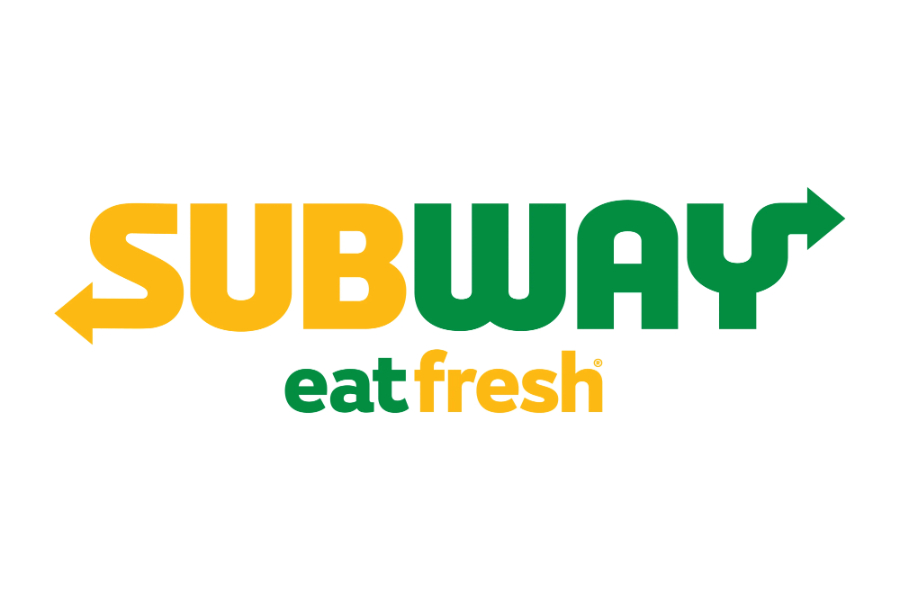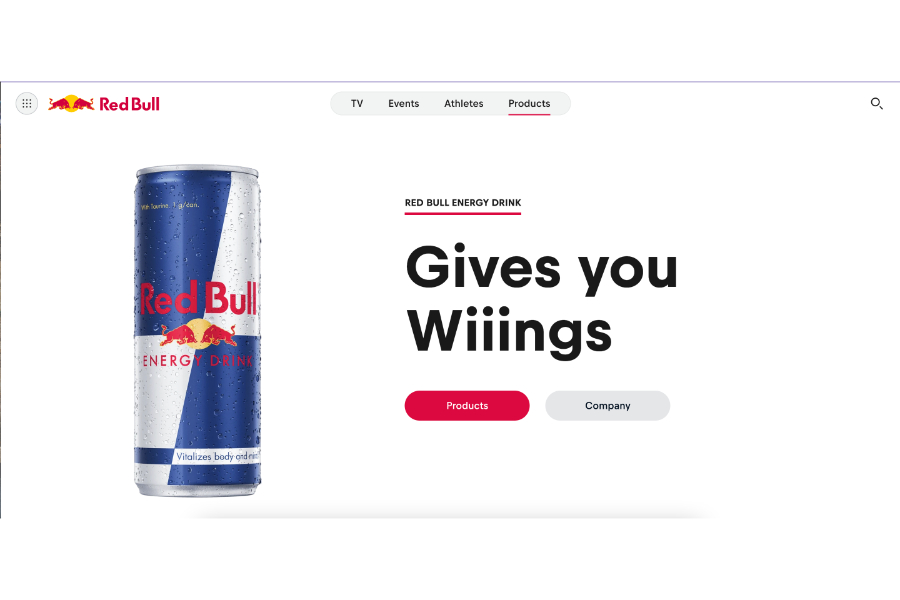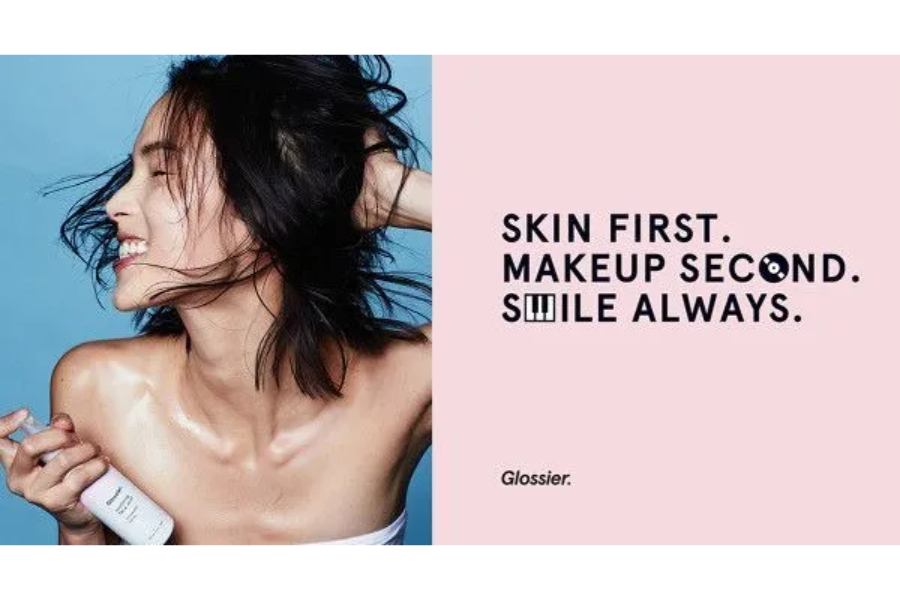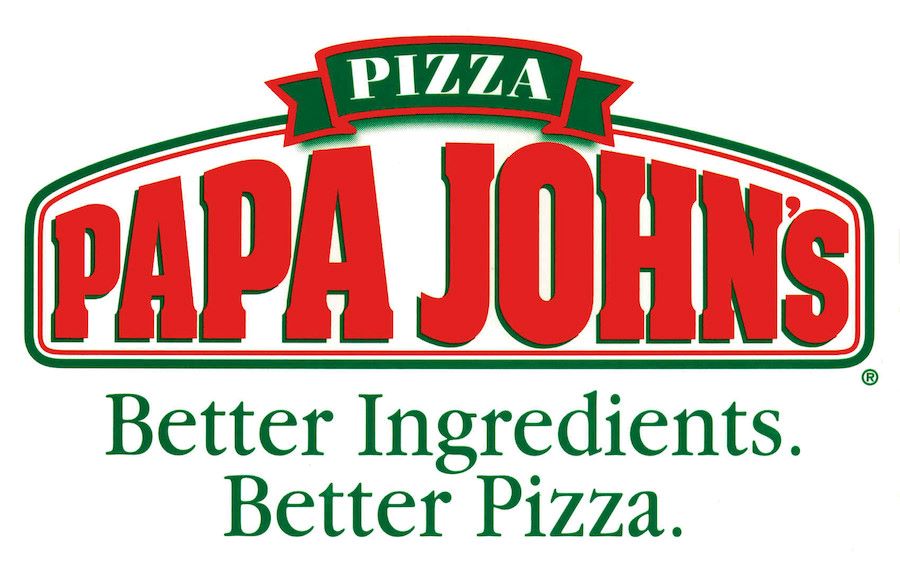When you think of the phrase, “Just do it,” the Nike brand immediately comes to mind—no explanations needed. That’s an example of a successful tagline. When anyone asks what a tagline is in marketing, it’s the example I point them to. At its best, a tagline can be synonymous with your brand, even without mentioning your products or services. It communicates your brand’s personality, values, and mission to the public in a few short words.
That’s what makes taglines different from slogans, which we’ll touch on more below. You can think of slogans as the catchphrase that tells people what your business does—i.e., your products and services. Meanwhile, taglines capture feelings, thoughts, and ideas you want people to associate with your brand. They help differentiate your brand from others in your industry.
However, taglines aren’t always the best fit for every small business, and writing one will take lots of planning and research to craft the phrase that accurately encapsulates your brand. Read on to find out more about what a tagline is in marketing, how to write one, and some examples to help get you started.
Does My Brand Need a Tagline?
Taglines aren’t for every business. For instance, if you’re only serving your local community or are still at the stage of educating people about your business, a tagline may not be the best fit yet. You might want to establish your brand presence further or start simply with a slogan.
On the other hand, if your business is already established enough and you want to expand your services nationally or globally, or if you want to stand out from the competition, a tagline can develop your brand even further. Here are some more cases where a tagline may or may not be beneficial to your business.
A tagline may be good for your business if:
- You’ve established your market and want to distinguish yourself from competitors: Say, for example, you own a bakery business, and you want to use a tagline to emphasize how your home-style baking makes you different from other bakeries.
- You already have a local presence and want to expand nationally (or globally): If you’ve already built a good enough market in your local community and want to expand even further, a tagline can help build your brand presence in a bigger global or national market.
- You need a stronger brand identity: Your brand identity is mostly composed of your brand’s visual aspects: your logo, colors, fonts, and designs. But if you feel your brand needs a stronger identity to be more recognizable, a tagline can help. This is because taglines also communicate thoughts, feelings, and values about your brand.
Meanwhile, here are cases when a tagline may not be helpful:
- You’re still starting out: If you’re completely new to the market, creating a tagline should not be one of the first things on your branding to-do list. Instead, focus on the core aspects of your brand first: your mission statement, vision statement, and core values, and then use those to guide the outward aspects of your brand.
- Your market is local and low competition: If your customers are mostly people from your local area and you don’t have many competitors, your tagline probably won’t be very helpful. This is because taglines are meant to differentiate you from the competition and let customers know what makes you different.
- Your brand name is already descriptive: Recall the Nike example: on its own, the word “Nike” doesn’t offer much information. But coupled with its “Just do it” tagline, it immediately gives readers a sense of activity. It works because the tagline and brand name complement each other perfectly. However, if your business’ name is already descriptive (for instance, “TechnologyAdvice”), a tagline may be unnecessary.
How to Write a Tagline in 6 Steps
Now that you know what is a tag line in marketing and why it’s important, keep reading below to learn how to write one effectively in six steps. The key to writing good taglines is to keep a good grasp of the internal ideas and beliefs behind your brand—aka your mission, vision, and values—and use them to guide everything you write. Follow the steps below to write your business’ tagline.
Your tagline should convey your business’ mission, vision, and core values in one concise, catchy phrase. That’s why the first step when writing your tagline is to consolidate and remind yourself of those pillars of your business. This is because those are the main guiding thoughts, ideas, and principles that propel all of your business’ operations, which are also the same concepts that your tagline should express.
For instance, take a look at how Nike’s mission, vision, and values helped craft its now-iconic tagline:
Nike’s Mission Statement
To bring inspiration and innovation to every athlete*
Nike’s Vision Statement
We see a world where everybody is an athlete—united by the joy of movement
Nike’s Core Values
Do the right thing
Be on the offensive always
Serve athletes*
Create the future of the sport
Win as a team
* Everyone is an athlete.
You’ll notice the repeated themes of inspiration, innovation, and action, all of which shine through in one short, catchy phrase: “Just do it.” Nike also spent many years honing this brand identity and embodying its philosophy in its operations.
Taglines are meant to differentiate your business from the hundreds of others in your industry. Therefore, the second important step when writing your tagline is to identify clearly what makes it unique, aka its unique selling proposition (USP)—not just in your products or services, but also in your brand.
For example, Apple could just be any other tech company. But what makes it different and so beloved by its millions of customers is its uniquely innovative, cutting-edge, and user-first approach, which comes through both in its products and marketing messages. This specific philosophy is encompassed in its simple, but enduring tagline: “Think Different.”
Before you start writing your own tagline, you’ll need to get a good grasp of what an effective tagline reads, sounds, and feels like. The only way to do this is through lots of research. Aside from Nike, research other brands whose taglines resonate with you. You can also research taglines from other brands in your industry. Take note of why they resonate with you and what makes them work.
Here are other questions to keep in mind as you research other brands’ taglines:
- What makes the tagline memorable?
- How does the tagline highlight what makes the brand different?
- How does it promote the company’s mission, vision, and values?
- What kind of brand voice does it use (businesslike, friendly, humorous, etc.)?
- How are their sentences or phrases structured?
In your research, you might notice that there are different types of taglines from different businesses. For instance, some are short and action-oriented, like “Just do it,” while others make claims about being the best in their industry, like BMW’s “The ultimate driving machine.” That’s because taglines unofficially fall under specific categories, and yours will also need to be under one of them.
Tagline Categories
- Superlative taglines: These are the simplest and most recognizable type of tagline. They often include a superlative claim about the company, aka a claim to be the “best” or “ultimate” of something as their main differentiator from other brands, like BMW’s tagline.
- Imperative taglines: These are action-oriented taglines that directly tell readers to do something. It’s what Nike’s and Apple’s taglines fall under. They’re more grounded in the business’ mission and vision.
- Descriptive taglines: Descriptive taglines simply describe what your business delivers but in a more creative way. They’re best suited for brands that don’t have a descriptive name, such as Ford (“Built to Last”) or Budweiser (“The King of Beers”).
- Provocative taglines: These are meant to be a little disruptive, or to at least challenge readers into a new line of thought. Of all taglines, these are the ones that hinge most on the brand’s USP. They express what makes your brand different from other similar brands. A good example is Capital One’s “What’s in your wallet?”
While these aren’t official designations, they make your tagline easier for readers to comprehend. The simpler your tagline, the more impactful it is to your audience. Before writing your tagline, it’s a good idea to choose one of these categories that would be best suited for your business as a guide.
After all your research from the previous steps, you might already have a general idea of what your tagline sounds like. So, the next step is to write your draft. Just write, don’t stop to edit. At this stage, you don’t need to worry about the length of your tagline or grammatical errors.
Simply write out a short phrase or sentence that accurately captures your brand’s mission, vision, core values, and personality. Use your chosen tagline category above to help you structure your tagline.
For example: Say you own an organic coffee store, and your brand’s mission is to promote sustainable coffee consumption and your core values are sustainability and community. Here are some sample tagline drafts you might write for each category:
- Superlative: The only organic coffee your taste buds will thank you for
- Imperative: Taste the organic goodness
- Descriptive: The organic way to fuel your day
- Provocative: Come for the sustainability, stay for the taste
You can also write several drafts for multiple categories to see which are the better fit for your business.
No successful tagline ever came out of just one writing session. After writing your first draft, edit and refine your tagline later on to capture your brand more accurately and authentically. It helps to take some time off from your tagline and then come back to it again later.
Secondly, make sure you gather lots of feedback from others on how your tagline can improve. Get feedback from people on your team, from members of your target audience, or from fellow business owners.
Here are some questions to help you gather feedback:
- Does the tagline express what makes my business different from others?
- Is the tagline easy to understand?
- Does the tagline feel cohesive with my brand identity?
Use their answers to these questions as a guide to refine your tagline. Then, when your tagline is polished, use it in your branding and marketing materials like your business website, email headers and signatures, press kits, business cards, or even in your ad content.
3 Tagline Examples & Why They Land
There are no right or wrong taglines, only effective and ineffective ones. That’s why to really know what is a good tagline in marketing, the best thing to do is to turn to the brands that have done it successfully. These brands have created taglines that have eventually become synonymous with the brand itself. Here are three examples of the best taglines from brands to help you get inspiration for your tagline ideas.
1. Subway: ‘Eat Fresh’

Subway’s “Eat Fresh” is one of the best examples of imperative taglines—it’s concise, clear, and shows what makes it unique.
The simplest taglines are often the most effective, as is the case with Subway. Since its inception, Subway’s mission has been to feed people fast food, the fresh way. It always uses fresh ingredients in its sandwiches, which is what differentiates it from other fast food chains. This mission is also clear in its very simple, yet enduringly effective tagline: “Eat Fresh.”
In just two short, simple words, the tagline immediately lets customers know how its fresh ingredients are what makes Subway different. It’s also one of the best examples of imperative taglines because it’s a full, action-oriented sentence—it’s essentially a call to action that invites users to try their products.
2. Red Bull: ‘Gives You Wings’

Red Bull’s “Gives You Wings” is descriptive, yet creative, and is now one of the most memorable taglines in modern advertising.
You simply can’t discuss memorable brand taglines without mentioning Red Bull’s “Give You Wings,” one of today’s most memorable taglines. And while Red Bull’s energy drink doesn’t actually give anyone wings, it’s still an effective descriptive tagline because it describes the feeling their product provides, rather than the product itself. And, it does this in a fun and lighthearted way that invites readers to not take it too seriously.
Overall, it’s a great example of how tagline copies can be creative and incorporate your brand personality while still following a tagline structure audiences are familiar with.
3. Glossier: ‘Skin First, Makeup Second’

Glossier’s “Skin first, makeup second” tagline is also its brand philosophy. (Source: Glossier)
One of the more modern memorable taglines is from the millennial beauty brand Glossier. Its tagline, “Skin First, Makeup Second” isn’t just its tagline, it’s also their overall brand philosophy. This is what makes it so effective and successful even when it’s competing with thousands of other often more established cosmetic brands.
What also makes Glossier’s tagline work so well is how it effectively promotes its USP. While it’s a cosmetics brand, Glossier puts focus on customers’ skincare first and foremost, which is what sets it apart from other beauty brands on the market. And today, it’s still this same philosophy and branding that’s kept loyal customers coming back while continuously attracting new ones.
Tagline vs Slogan: What’s the Difference?
Another important part of understanding tag lines is knowing how they differ from slogans. While they’re often used interchangeably, and you’d be forgiven for mistaking them for each other, there are key differences if you read closer into each.
For instance, take another look at Subway’s tagline: “Eat Fresh.” Meanwhile, here’s a slogan from another food brand, Papa John’s Pizza: “Better ingredients. Better Pizza. Papa John’s.” Both are short, catchy, and memorable. However, you’ll notice that only the slogan directly describes the brand and its products. In contrast, the tagline expresses a specific mindset, action, and unique value.
That’s because taglines are meant for the brand’s entire lifetime, while in contrast, slogans are often written for advertising campaigns and are therefore more short term. Moreover, the main objective of taglines is to differentiate your brand from your competitors, which is also why they focus on what makes you unique. Slogans, on the other hand, simply introduce your brand to the world, i.e., to someone who’s never heard of your brand before.
Here are more key differences between a slogan vs taglines:
Taglines | Slogans |
|---|---|
|
|
In the long run, one or the other may be more beneficial for your small business. Carefully evaluate the needs of your business to see which would be the better fit. Then, once you’re done, learn how to write a brand positioning statement to better position your business in the market.
Frequently Asked Questions (FAQs)
A tagline in marketing is a short catchphrase that expresses your brand’s mission, vision, personality, and core values concisely and memorably. Taglines are part of your brand identity, along with your logo, brand colors, and brand voice. They’re meant to differentiate you from other brands in your industry and often mention your unique value or USP. Some memorable tagline examples are Nike’s “Just Do It” and Apple’s “Think Different.”
Your business will likely need a tagline if you’re in a very competitive market and want your brand to stand out by emphasizing the unique value you offer, or if you’re already established in your local area and want to expand nationally or globally. A tagline can also be helpful if you want to build a stronger brand overall to be better recognized by your target market, or if your brand name isn’t very descriptive of what your business offers.
The main difference between a tagline vs a slogan is a slogan only serves to introduce your brand to the public, while a tagline specifically differentiates you from your competitors. A slogan can often directly describe what your business does (aka your product or service), while a tagline expresses your brand’s mission, vision, values, and personality. A tagline is also meant to last for the brand’s entire lifetime, while a slogan is more often used in advertising campaigns.
Bottom Line
Having a tagline can be one of your biggest aids in growing your brand presence, especially when you’re ready to compete with other brands in your industry. A few short words can pack a lot of meaning and value into your brand identity, differentiate you from others, and eventually help you attract the right target market. Follow the steps above to learn what a tagline is in marketing and how to create one for your business that resonates and lasts.
